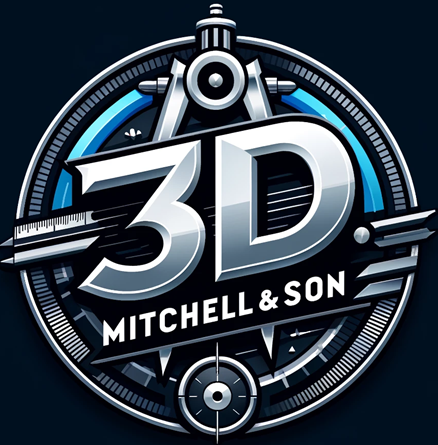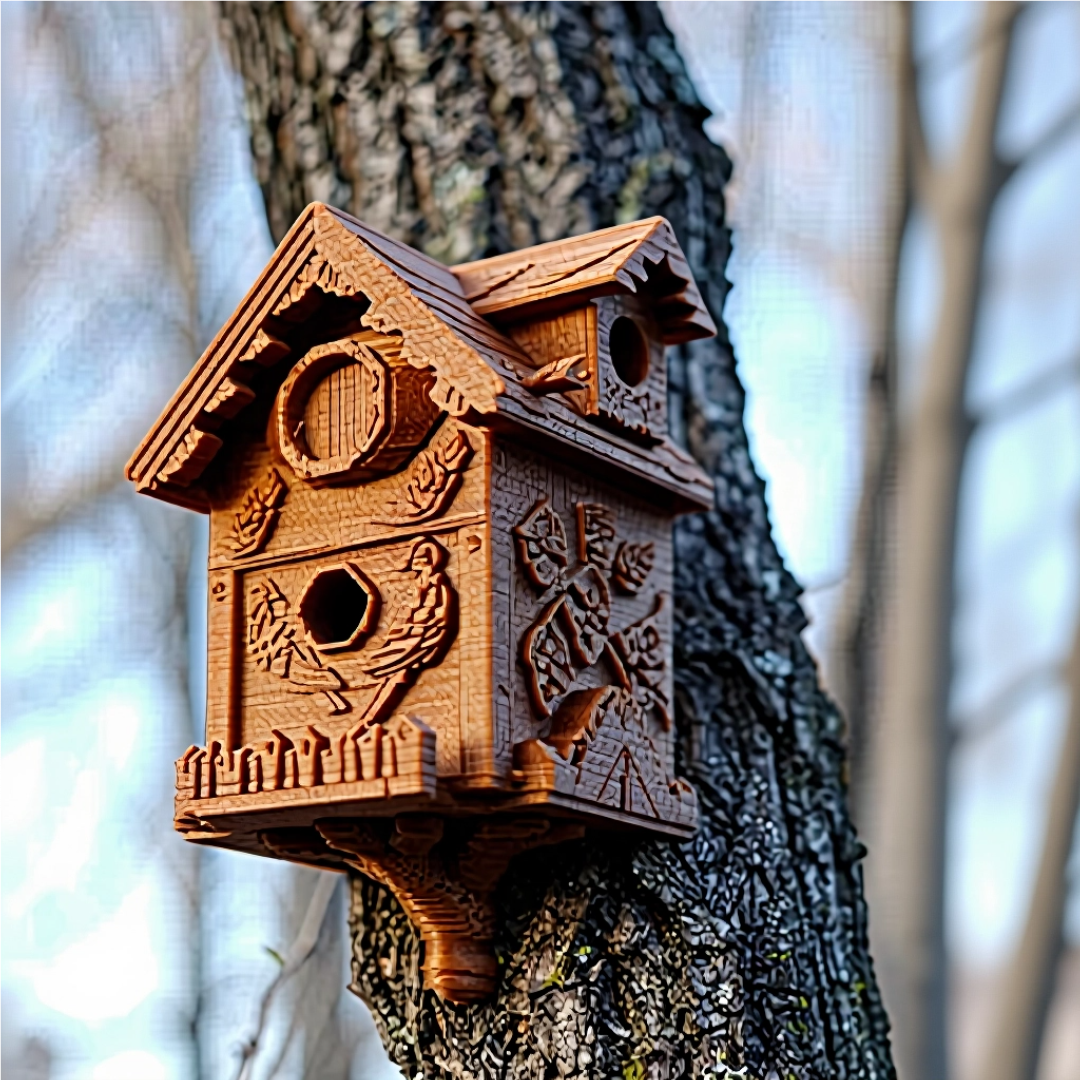Tough 2000 Resin
When to use this material:
- For functional prototyping where you want better stiffness / strength than a normal resin offers
- In jigs, fixtures or parts that will be handled roughly or see slight mechanical loads
- When you need a balance: more durable than a brittle resin, but still keep fine resolution
Mini case study:
We made a holding fixture to align sensors during assembly, using Tough2000 resin so it wouldn’t flex under light clamping. It survived being picked up, dropped once, and stayed dimensionally accurate during several test runs.
SOME INFOMATION ABOUT THE MATERIAL
When the first Tough Resin 2000 prototypes came off the line, the engineers were ecstatic. Finally, they had a material that could withstand high voltages and tension, while still maintaining its flexibility and heat dissipating properties. It was a true breakthrough in the field of 3D printing.
The applications for the new material were endless. It could be used to create parts for electrical equipment, as well as for more delicate items like jewelry. It quickly became the go-to resin for many high-end 3D printers.
However, there was one problem that the engineers had not anticipated. The Tough Resin 2000 was so strong and durable, that it began to replace ABS plastic in many applications. This was not what they had intended, and it put a strain on the company's resources.
The team had to find a way to make the Tough Resin 2000 more targeted to its intended market. They eventually succeeded, and the material went on to become one of the most popular resins on the market.













